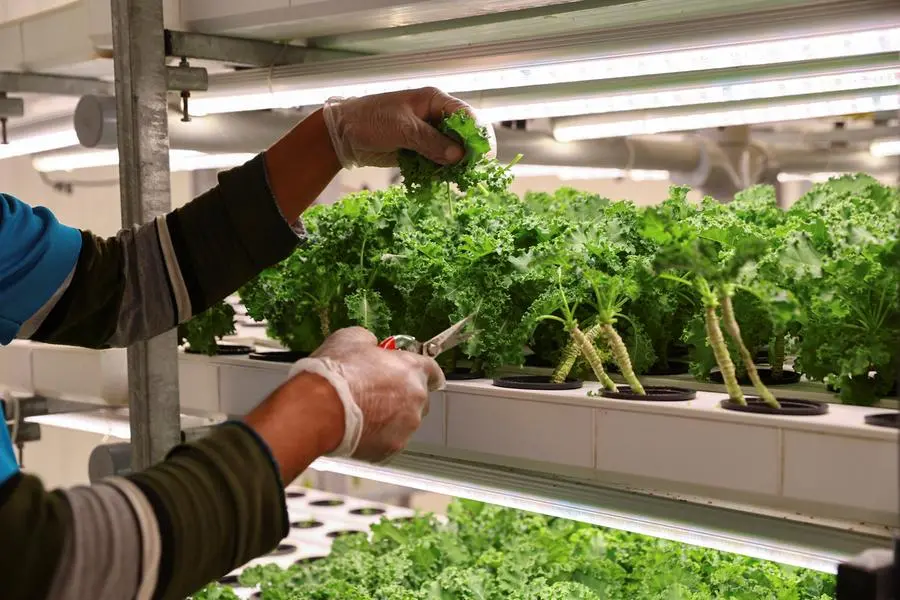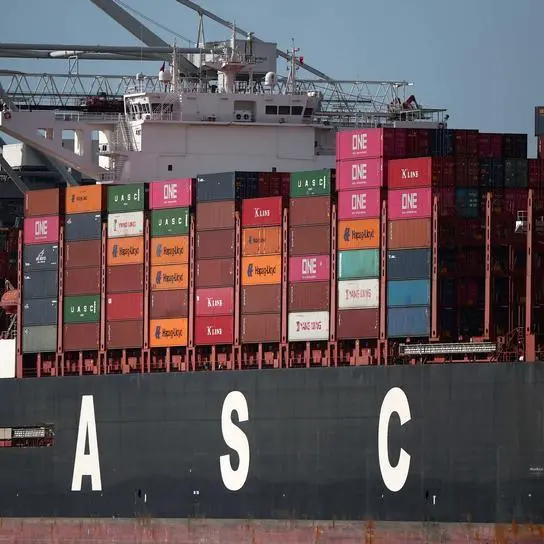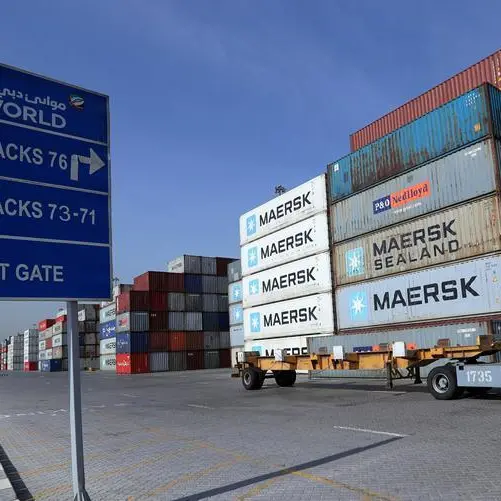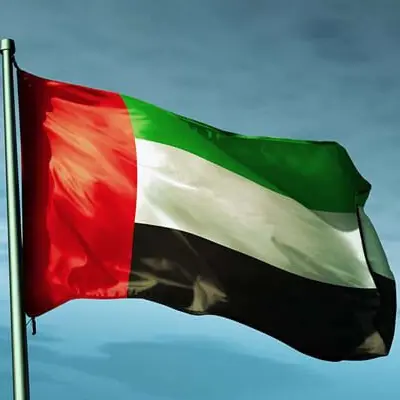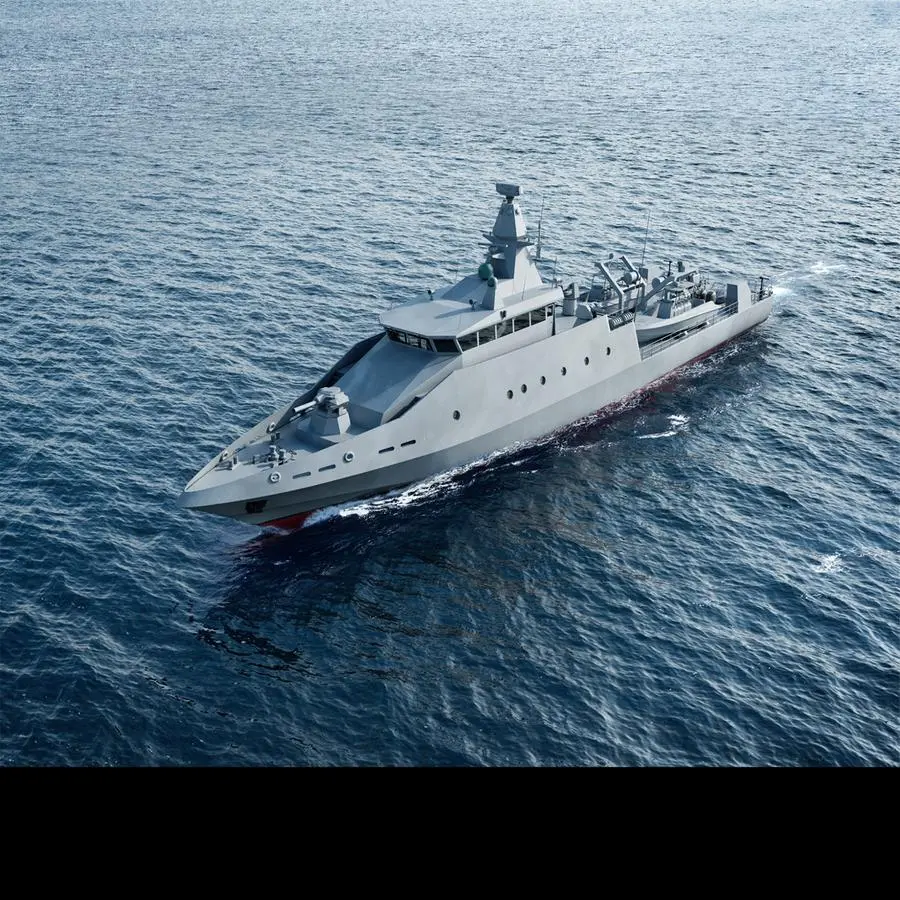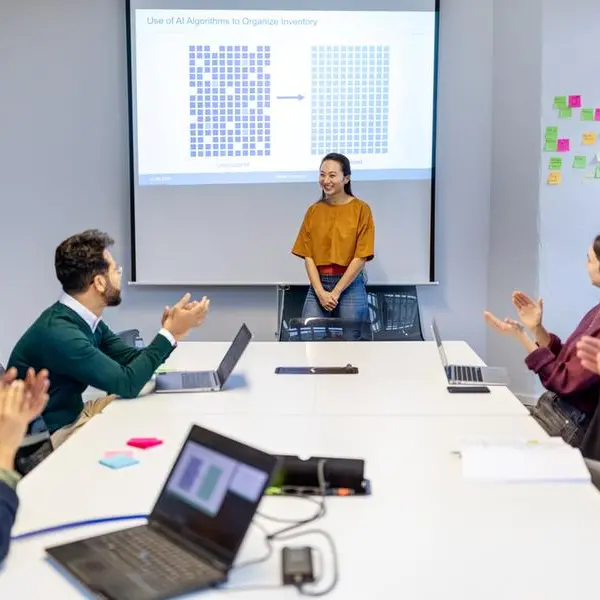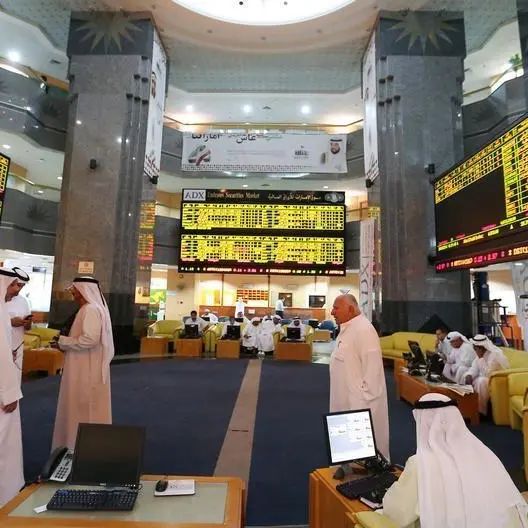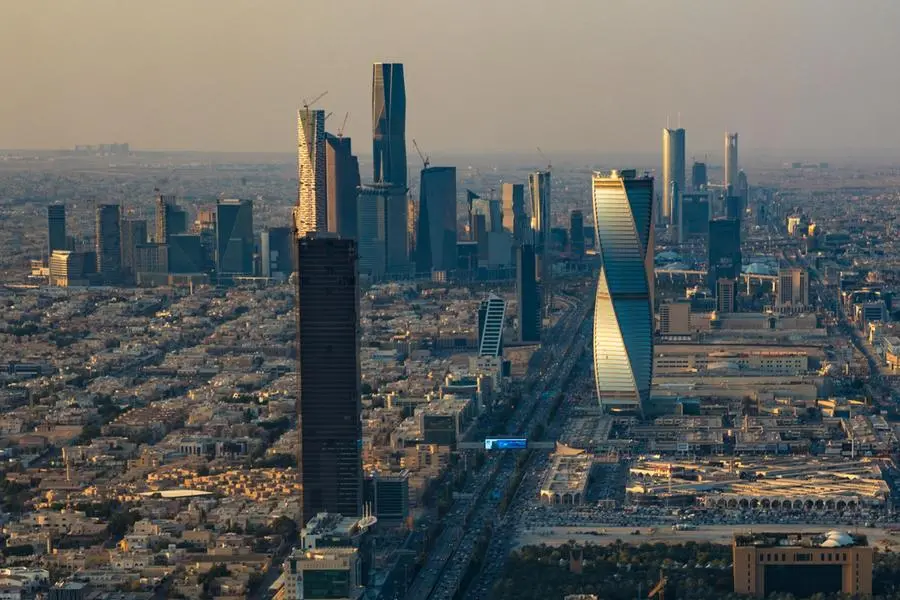PHOTO
Aquaponics is a sustainable farming system that combines aquaculture (raising fish in a controlled environment) and hydroponics (growing plants in nutrient-rich water without soil) into a closed-loop ecosystem where fish and plants thrive together. In aquaponics, fish waste, rich in ammonia, is converted by beneficial bacteria into nitrates, which are vital for plants. The plants, in turn, filter and clean the water, which is then recirculated back to the fish tank.
This system relies on three main components: fish, nitrifying bacteria, and plants, where all three living entities depend on each other to survive. Fish, which are placed in the fish tank, produce waste, urine, and fecal materials, both rich in ammonia. Afterward, billions of naturally occurring beneficial bacteria break down waste into vital nutrients for plants.
The plant's roots absorb these nutrients and filter the water, keeping it clean, healthy, and oxygenated and ready to be returned to the fish tank. This process is highly efficient, using 90% less water than traditional agriculture, and can produce high-quality fish and vegetables year-round. Aquaponics eliminates the need for chemical fertilizers and water replacement, making it a resource-efficient and sustainable method for food production.
Aquaponics offers a sustainable solution to food security by integrating fish and plant cultivation and maximising available resources. This method allows for year-round cultivation, ensuring a steady supply of food regardless of weather conditions. Aquaponics has a minimal environmental impact, reducing soil erosion, water pollution, and excessive resource consumption by using less water, minimising waste, and eliminating synthetic fertilizers and pesticides. It conserves water by using up to 90% less than traditional agriculture through a recycling system.
Additionally, aquaponics reduces chemical usage by relying on fish waste and beneficial bacteria for plant nutrition, avoiding harmful chemicals. Its space efficiency, with vertical growth potential and a compact footprint, makes it ideal for limited spaces. Additionally, it offers a cost-effective practice by cutting down on the need for traditional fertilizers and minimizing water usage.
However, setting up an aquaponics system involves significant initial costs for equipment like fish tanks, grow beds, pumps, lighting, and plumbing. Technical knowledge is essential due to the complexity of interactions between fish, plants, bacteria, and water chemistry. Maintaining system balance can be challenging, as fluctuations in water parameters can disrupt the ecosystem. Aquaponics is limited to certain fish species and water-heavy crops, such as cucumbers and leafy greens. The system also requires considerable electricity, which can be prohibitive for some growers. There is a steep learning curve, especially for those new to aquaponics, requiring time and effort to master.
Aquaponics can be suitable for use in Oman, given the right adaptations to local conditions. The hot and arid climate requires temperature regulation through shading, cooling, or controlled-environment greenhouses. Water scarcity can be managed as aquaponics is water-efficient, with options for using desalinated or treated wastewater. Tilapia is a suitable fish species due to its heat tolerance. Plant selection should focus on heat-tolerant varieties, with additional cooling measures for sensitive plants. However, maintaining water quality and nutrient levels is crucial. Investing in quality infrastructure and possibly using renewable energy can enhance system efficiency. Considering economic feasibility and market demand, along with local awareness and acceptance, is also important for successful implementation.
In conclusion, aquaponics presents a highly sustainable and efficient method of food production, combining aquaculture and hydroponics into a symbiotic ecosystem. It leverages fish waste to nourish plants, which in turn purify the water for the fish, making it a resource-efficient system that uses 90% less water than traditional agriculture. Aquaponics supports a variety of fish and plants, ensuring year-round cultivation and high-quality yields with minimal environmental impact.
While initial setup costs and technical complexity are challenges, the long-term benefits include reduced chemical usage, water conservation, space efficiency, and cost savings. In Oman, aquaponics can be particularly advantageous given the arid climate and water scarcity, provided appropriate adaptations such as temperature regulation and efficient water use are implemented. With careful planning and investment, aquaponics can be a viable and sustainable farming solution for various regions, including Oman.
2022 © All right reserved for Oman Establishment for Press, Publication and Advertising (OEPPA) Provided by SyndiGate Media Inc. (Syndigate.info).
